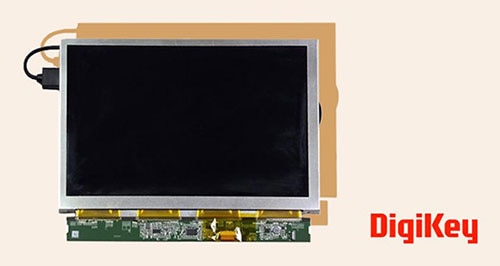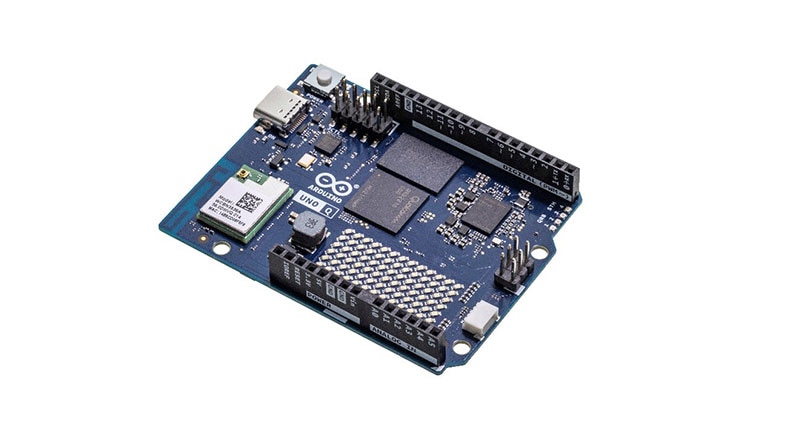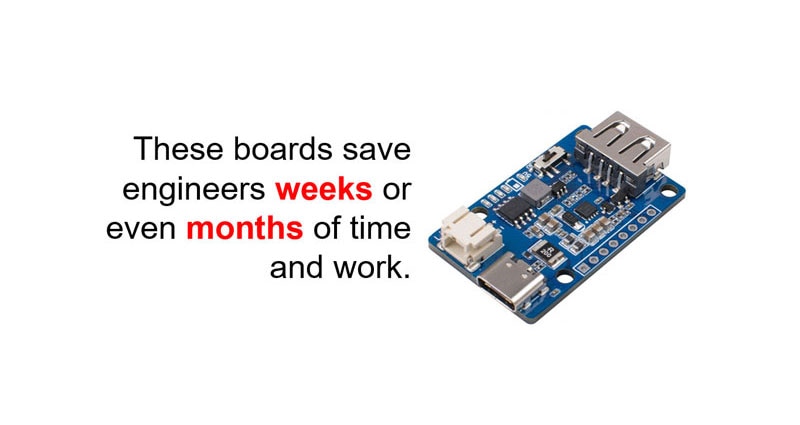Nit Picking the Terms to Describe the Brightness of LEDs
In Apps Engineering, I’m used to metrics of lumens and millicandela. But I’ll be the first to admit, I was today years old when I learned about nits.
Technically speaking, nits is the measurement of how much light an object emits over a square meter area. While lumens measure overall light from the device, nits instead measure the intensity of light on a specific area.
If you’re into formulas:
- 1 nit = 1 candela / m2
- 1 nit = 3.426 lumens
What are some typical nit ranges?
- 600 nits and lower -- televisions, monitors, laptops
- 800-1500 nits – vending machines, kiosks
- 2000-3000 nits – Gas pump displays, some handheld displays devices
- 5000 nits – displays with direct sunlight exposure
- 10000+ nits – unique applications such as HUD, virtual reflection
Why does it matter?
Think about the times that you’ve been in a situation where a screen has been hard to read... Gas station pumps and car infotainment screens are a couple situations that immediately come to my mind. While the display might be legible at night or indoors, the displays become a frustrating experience in the presence of sunlight.
When displays are chosen based off the brightness they emit by themselves, they don’t consider the environmental conditions that can impact visibility. Measuring in units of nits helps calculate intensity while considering those environments.
How do I find appropriate products?
Look to datasheets that list features or technical specifications of 2,000+ nits (6,852 lumens). As an example, American Bright’s Mini-LED modules (Figure 1) list brightness of 3,000 nits and are easy to use with a simple standard HDMI connector.
 Figure 1: American Bright AB-MLD13-07 mini-LED display modules are available in 3000 and 4000 nit options. (Image source: American Bright)
Figure 1: American Bright AB-MLD13-07 mini-LED display modules are available in 3000 and 4000 nit options. (Image source: American Bright)
Summary
There’s more than the lumen rating to consider when looking for an LED display that will work well in your application. You should also look at the nit specification to determine if it will function adequately in the intended environment for your product. Picking the right nits may well determine how well your product performs for customer satisfaction and readability in bright or outdoor environments. When it comes to displays, be nit-picky! It’s encouraged for design success!

Have questions or comments? Continue the conversation on TechForum, DigiKey's online community and technical resource.
Visit TechForum









